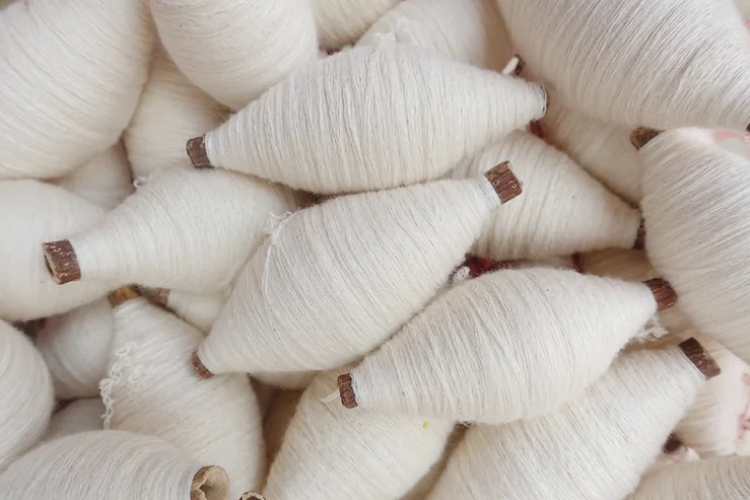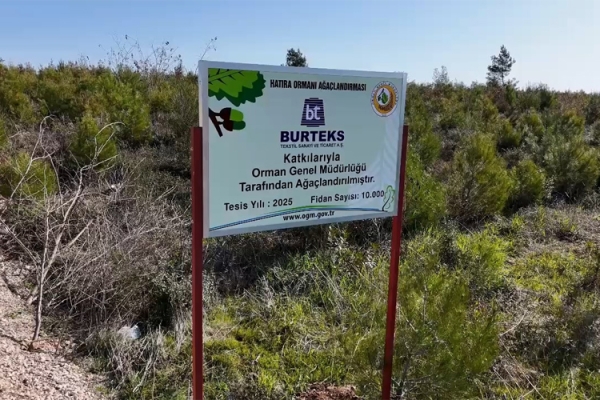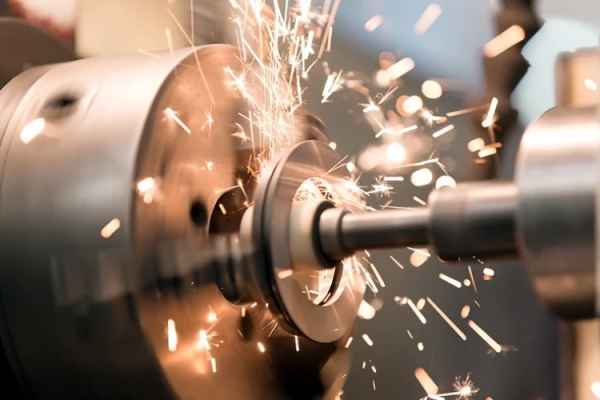Yarn Production: The Cornerstone of the Weaving Industry

The textile industry is present in many areas of our lives, from clothing to home textiles. One of the cornerstones of this industry is yarn production. Yarn is obtained by combining fibers together and involves an extremely important production process.
Fiber Selection
The process of yarn production starts with fiber selection. They can be obtained from various sources, such as natural fibers (cotton, wool, silk) or synthetic fibers (polyester, nylon). The type of fibers determines the properties of the end product.
Preparation Phase
The selected fibers are cleaned, straightened and adjusted to the required fineness. At this stage, a suitable environment is provided for the fibers to come together.
Spinning
The prepared fibers are brought together in spinning machines. These machines bind the fibers tightly together to form durable and long-lasting yarns.
Yarn Processing
The yarns obtained are processed to have the desired properties. Processes such as coloring, polishing, adding shine are carried out at this stage.
Final Inspection and Packaging
The yarns produced are subjected to quality control and checked whether they meet the required standards. Then, they are packaged and made ready for marketing.
The yarn production process forms the foundation of the textile industry and goes through multiple stages. In this process, selecting high-quality raw materials, using appropriate machinery, and conducting meticulous quality control are of utmost importance. As a result, yarn production is an indispensable part of the textile sector and serves as the basis for many products we encounter in various aspects of our lives.
In this article, we have provided an overview of the yarn production process. Understanding how yarns are produced and their significance in the textile industry helps us appreciate the effort behind the products that are part of our daily lives, such as clothing and home textiles.


